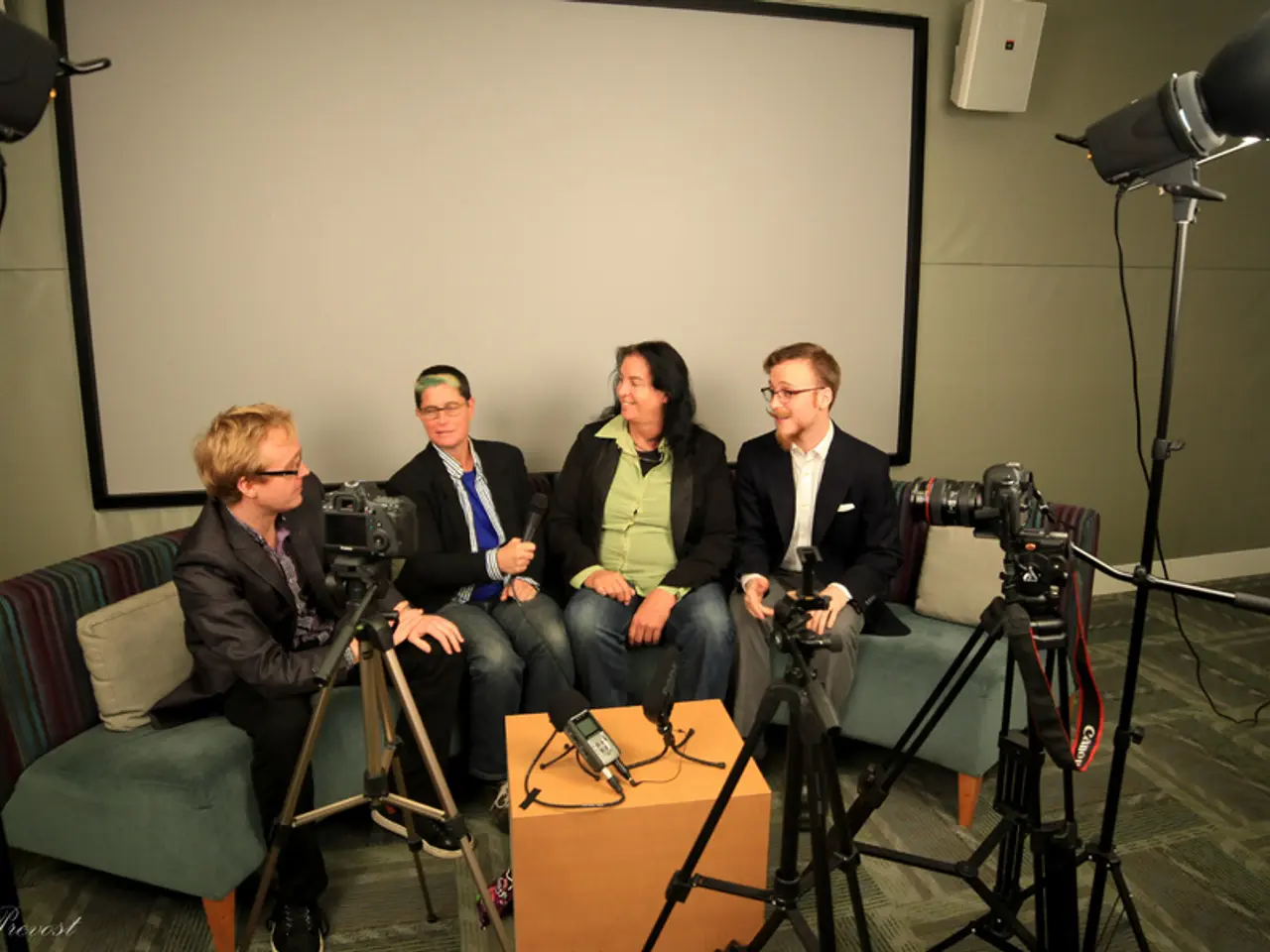Discourse on Leadership Engagement: Exposing the Customs of Proactive Leadership
In a series called "Behind the Curtain: Adventures in Continuous Improvement," co-hosts Mohamed Saleh and John Dyer discuss the key elements of participative leadership in Lean management. This approach emphasises active, hands-on engagement of leaders with their teams, rather than delegation or passive observation.
At the heart of participative leadership is the belief that leaders should personally participate in training that employees undergo. This includes teamwork, Lean, and Six Sigma training, with leaders ideally leading and facilitating these sessions to deepen their understanding and connection.
Leaders are also expected to actively engage in continuous improvement activities. This could mean participating in kaizen events yearly, as is the case at Toyota, where every individual, including leaders, is expected to participate in a kaizen event each year. By participating in these events, leaders demonstrate humility and respect for all employees by being "equal to everyone else" in the work environment.
Daily leadership behaviors include daily employee recognition and appreciation, work observations to understand processes and challenges firsthand, and intentional coaching and employee development, one-on-one daily interactions aimed at building capability.
Participative leadership is about building leadership habits and expectations around ongoing, genuine involvement, not merely performing symbolic actions for appearance. It's not about participation for aesthetic purposes, but to establish habits and expectations that foster a culture of shared responsibility.
Saleh and Dyer advocate for leadership that models continuous improvement by active participation in training, problem-solving, coaching, and daily interactions. This approach not only fosters respect and humility but also encourages a culture where everyone is committed to the improvement process.
Leaders, following the participative leadership model, should take part in training sessions for topics such as teamwork, Lean, and Six Sigma, acting as facilitators to deepen their connections with employees.
Effective participative leaders engage in continuous improvement activities, such as annual kaizen events, demonstrating humility by becoming an equal participant in the work environment.




